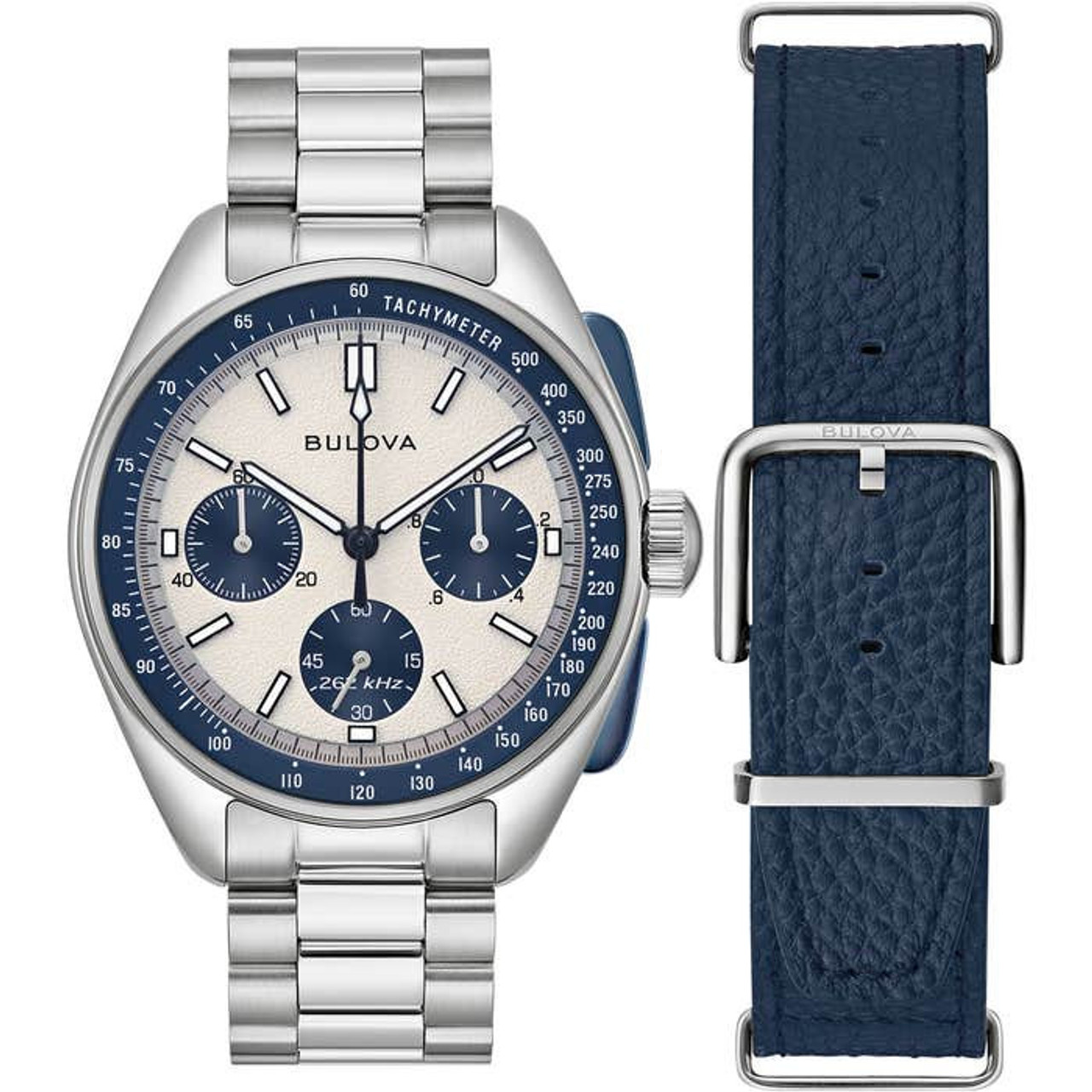The chronograph watch has a rich history that goes beyond just telling time. At first, it was mainly used for measuring the speed of cannonballs and missiles. Its main job is to compare time with an event and record what the user observes. One of the earliest uses was timing horse races.
Chronographs, also known as "time writers," have been around since the early 1800s. The first one sold to the public was made by a French watchmaker named Nicolas Mathieu Rieussec in 1821. It had a turning dial and a fixed ink pen to mark how much time had passed. But even before that, in 1776, a Swiss watchmaker called Jean-Moïse Pouzait designed a watch with a seconds hand that could start and stop.
The Nicolas Mathieu Rieussec chronograph stood as a pioneering timepiece that marked intervals using rotating dials with ink, making it the first of its kind.
In 1815-16, a device called a "compteur de tierces" was found with an astronomer named Louis Moinet. It could measure time down to 1/60th of a second. From the 1800s to the early 1900s, chronographs kept getting better. Early designs mostly had just one button that controlled everything. But in the 1930s, they added a second button. This let users stop and restart timing without having to reset the watch.
Chronographs further evolved when a ‘compteur de tierces’, capable of measuring time down to 1/60th of a second, was found with astronomer Louis Moinet in 1815–16.
Over time, chronographs found their way into many important applications. The US Navy used the Langley Chronograph to study data from airplane launching catapults. During NASA's Apollo moon missions, astronauts wore Omega Speedmaster chronographs, with one instance of a Bulova chronograph being used. Today, chronographs help record heartbeats in hospitals, measure speed and distance in sports, and even time cooking in kitchens.
A modern chronograph works with a simple push-button system. The user presses a button (usually at the two o'clock position) to start and stop timing. When started, three wheels begin to turn. The first wheel rotates every second, the next every minute, and the last one every hour. These wheels work together to track how much time has passed since the button was first pressed.
A sub-dial is a smaller dial inside the main watch face. In a chronograph, these additional displays are called on to measure different elapsed time readouts.
Most chronographs come in two types: bi-compax (two sub-dials) or tri-compax (three sub-dials). The name tells you how many sub-dials it has.
Bi-compax watches have two sub-dials. One always runs as the normal seconds counter. The other, usually a minute counter, only works when you start the chronograph. Tri-compax watches have three sub-dials. Like the bi-compax, one is for seconds. The second counts chronograph minutes, and the third counts hours. Usually, bi-compax chronographs can time up to one hour, while tri-compax can time up to 12 hours. But this can change depending on the watch's design and how it works inside.
Chronographs are common in watchmaking but often misunderstood. They're more than just stopwatches; their functions can calculate speed and measure heart rates. There are many types, like flyback chronographs for accuracy, split-second chronographs for timing multiple events, and even lap timers named after F1 drivers.
Most chronographs have one or two buttons on the side. A monopusher has just one button for all functions. This looks nicer because there are fewer buttons sticking out of the watch. But there's a downside: once you stop the timer, you can't restart it - only reset it.
Flyback chronographs are useful when you need to time two events that start one after the other. They look like regular chronographs, but when you press the button, the hands instantly reset to zero and start again. This saves time compared to regular chronographs, where you'd need to press three buttons to do the same thing. Flybacks were first made for pilots to help with navigation, where exact timing was crucial.
The split-second or rattrapante is the most complex and expensive chronograph. It has three buttons instead of one or two, with the third usually at the 10 o'clock position. It also has two central second hands, one hidden under the other when not in use. This watch can time two events at once, like two runners in a race. You start both hands together, then stop one for the first runner while the other keeps going for the second runner. This shows you how much faster one runner was than the other.
As we've explored, chronographs are more than just watches with extra dials and buttons. They are marvels of engineering, each with its own unique history and purpose. In a world increasingly dominated by digital devices, these mechanical wonders continue to captivate watch enthusiasts and professionals alike. So, the next time you glance at a chronograph, take a moment to appreciate the centuries of innovation ticking away on your wrist. After all, in the world of horology, it's not just about telling time—it's about making every second count.
Here is a selection of our Chronographs you can pick from:

Ball Roadmaster Rescue Chronograph Watch

RADO HyperChrome Chronograph Watch

Bulova Lunar Pilot Chronograph Men's Watch

Seiko Prospex Speedtimer Solar Chronograph Watch

Herbelin Newport Chronograph Watch